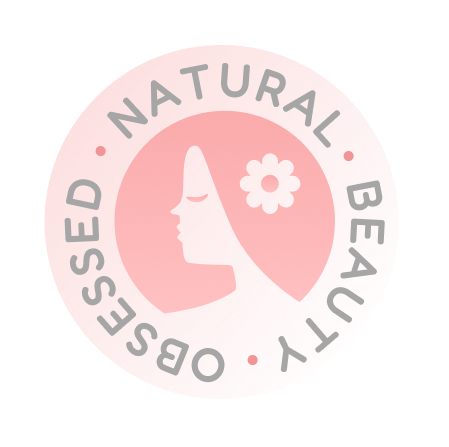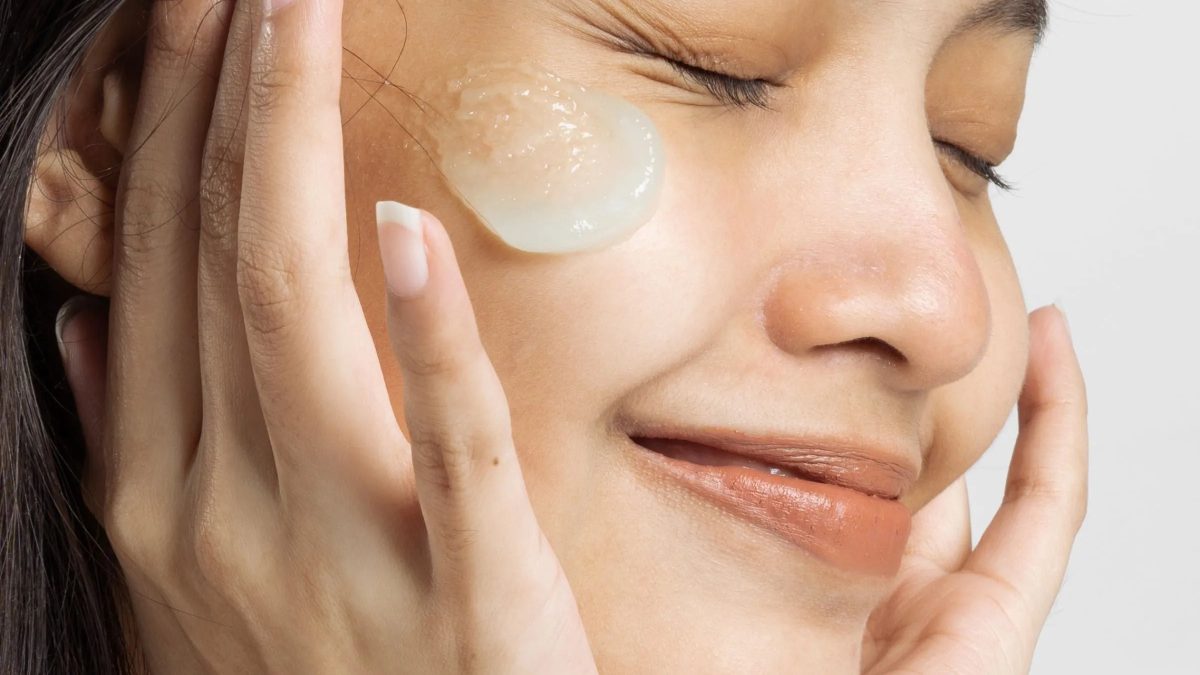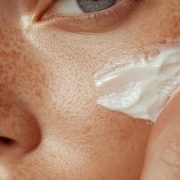Dermatologist-Approved Steps That Actually Matter for Healthy Skin
Posted on July 27, 2025 Written by: 100% PURE®

These days, skincare can feel like a full-time job. With all the serums, toners, masks, and tools out there, it’s easy to wonder—do we really need a 10-step routine to get good skin? The truth is, healthy skin doesn’t have to be complicated. In fact, sometimes less is more.
A with just a few key steps can be just as effective, if not better, than an overloaded regimen. In this guide, we’ll break down what your skin actually needs to stay clean, nourished, and protected—no stress, no clutter, just the basics that truly work.
The Rise of Maximalist Skincare
Over the past decade, skincare has taken a turn toward the extreme. What used to be a simple cleanse-and-moisturize habit has ballooned into 10-step routines filled with toners, essences, serums, oils, and masks.
Social media and beauty influencers helped fuel the rise of this “more is more” mindset, showcasing as the secret to glowing skin. Layering multiple products became a trend, often leading to ingredient overload and irritation.
On top of that, clever marketing convinced consumers they were missing out if they didn’t try the latest product. Skincare FOMO was born, turning self-care into a sometimes confusing science experiment.
What Dermatologists Say About Routine Size
agree: more doesn’t always mean better when it comes to skincare. In fact, most skin types thrive on a basic routine of just three to four steps—cleanser, moisturizer, sunscreen, and maybe one treatment product like a retinoid or serum.
Overloading your skin with can disrupt its natural barrier, leading to sensitivity, , or dryness. Simplifying your routine helps you avoid ingredient clashes and allows your skin to actually benefit from the products you do use.
Experts often say consistency with a few effective products is far more beneficial than constantly switching or stacking a dozen steps.

The Core 3: Cleanse, Treat, Moisturize
No matter your skin type, age, or concerns, every effective skincare routine starts with three essential steps: cleanse, treat, and moisturize. These categories are the backbone of healthy skin, and getting them right can simplify your routine without sacrificing results.
Step 1: Cleanse Gently but Effectively
Cleansing is all about starting with a clean slate—removing sweat, dirt, oil, and leftover products. But not all cleansing needs are the same at different times of day.
AM cleansing: A gentle wash to refresh your skin and prep it for the day.
PM cleansing: A deeper cleanse to remove makeup, sunscreen, and buildup from pollution or sweat.
You want something that cleans without leaving your skin tight or dry.
Recommended:
– infused with calming botanicals, this creamy formula removes impurities while keeping your skin soft and balanced.
Step 2: Treat with Purpose
This step targets your skin’s unique needs—whether that’s dryness, dullness, acne, or fine lines. Treatments should be intentional, not based on trends. Focus on ingredients with real results, and don’t overload your skin. One or two well-formulated serums are plenty.
Recommended:
– deeply hydrates and plumps, great for dry or dehydrated skin.
– energizes tired skin, helps reduce puffiness and dark circles.
Choose serums based on your top concerns, and give them time to work before jumping to the next big thing.
Step 3: Moisturize + Protect
Moisturizing is key to locking in hydration and supporting your skin barrier, which protects against environmental stressors. In the morning, your moisturizer should also include SPF to shield you from UV damage.
At night, go for rich hydration to help your skin repair.
In the day, opt for lightweight hydration with added sun protection.
Recommended:
– ultra-hydrating yet non-greasy, perfect for daily use.
– a lightweight moisturizer with broad-spectrum protection and antioxidants for an extra defense boost.
When to Add More (and When to Skip)
Once you’ve built a solid 3-step routine, it’s natural to wonder if your skin needs more. Sometimes, adding an extra step—like an exfoliant, mask, or eye cream—can be helpful. But more doesn’t always mean better.
How to tell if your skin needs more:
- You’re dealing with a specific issue like acne, uneven texture, or dark spots.
- Your current products aren’t giving a visible improvement after consistent use (usually 4–6 weeks).
- You want to address seasonal changes, like dryness in winter or oiliness in summer.
In these cases, introducing a targeted product like a gentle exfoliant or treatment mask a few times a week might make sense.
Red flags you’re overdoing it:
1. Your skin feels tight, dry, or irritated.
2. You’re experiencing sudden breakouts or increased sensitivity.
3. You’re layering too many actives (like retinol, AHAs, vitamin C) with little recovery time.
If any of these sound familiar, scale back. Sometimes the best thing you can do for your skin is to simplify, give it a break, and focus on repair. Only add steps when your skin asks for it—and skip the impulse to pile on products just because they’re trending.

Creating a Custom Routine Based on Your Skin Type
Even a minimalist routine should be tailored to your skin’s unique needs. The cleanse–treat–moisturize approach stays the same, but your product choices should reflect your skin type. Here’s how to keep it :
Dry Skin
Look for creamy cleansers, hydrating serums with hyaluronic acid, and rich moisturizers with ceramides or oils.
Keep it nourishing and avoid foaming cleansers that can strip your skin.
Oily Skin
Use a gentle gel cleanser, lightweight hydrating serum (yes, oily skin still needs moisture), and an oil-free, non-comedogenic moisturizer.
Avoid over-cleansing—this can trigger more oil production.
Combination Skin
Balance is key. Go for a gentle cleanser, a hydrating serum, and a medium-weight moisturizer. You might spot-treat oilier areas if needed.
Stick to products that hydrate without clogging pores.
Sensitive Skin
Less is absolutely more. Stick with fragrance-free, soothing formulas, and avoid harsh actives unless prescribed.
Choose barrier-supporting ingredients like oat, aloe, or ceramides.
Sensitive skin reacts easily, so keeping your routine minimal helps prevent flare-ups. Overloading it with new or strong ingredients can do more harm than good. Gentle, consistent care with only a few calming products is often the most effective approach.
Tip: Always patch test new products—no matter how “clean” or gentle they claim to be.
Why Less Truly Is More in Skincare
A minimalist skincare routine isn’t about doing less—it’s about doing what works. By focusing on gentle cleansing, targeted treatment, and proper hydration, you give your skin exactly what it needs—no clutter, no stress. Simplicity leads to consistency, and consistency is what truly delivers long-term, healthy skin results.
FAQ Section
What is the best skincare routine order?
The general rule is to go from thinnest to thickest in texture. Start with cleansing, then apply any treatment (like serums), and finish with moisturizer. In the morning, always follow with sunscreen.
How many skincare products do you really need?
For most people, 3 to 4 products are enough: a gentle cleanser, a treatment serum (if needed), a moisturizer, and sunscreen. Anything beyond that depends on your skin’s specific needs.
Should I use a serum and moisturizer?
Yes—if your skin needs extra care. Serums target specific concerns (like dryness, dullness, or acne), while moisturizers seal in hydration and protect your skin barrier. You can use both, or just one if your skin feels balanced.
Can a simple routine be effective for acne?
Absolutely. In fact, many dermatologists recommend a basic, non-irritating routine for acne-prone skin. Gentle cleansing, a treatment like salicylic acid or benzoyl peroxide, and lightweight moisture can help without overloading or irritating the skin.
How do I know if I’m using too many products?
Signs include redness, stinging, increased breakouts, or dry, flaky skin. If your skin feels worse after trying new products, take a step back. Simplify and reintroduce products one at a time. Your skin will thank you.




